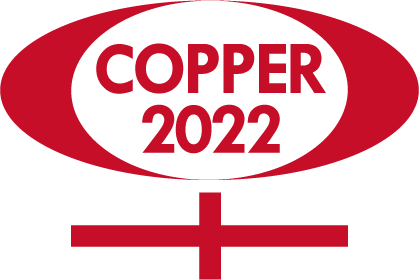As is well known, for every ton of copper produced, one thousand tons of waste are generated, mostly in the form of tailings (which, if the processing was by leaching of crushed ore, are also called «ripios»). Someone at some point graphed it as that in Chile enough tailings are produced daily to create five Santa Lucia hills.
In order to stockpile these tailings, large deposits are generated, located in valley basins of suitable topography and geology. The location of these tailings dams or reservoirs is never free of conflicts, as they are very bulky configurations that occupy land; and usually valleys, where this land is fertile. In addition, they impact the water regime of the area by modifying or diverting the watercourse in the valley. In addition, they are permanent structures designed to last forever, beyond the life of the respective extractive facility, so that they may represent risks beyond the existence of the respective company. These risks include water pollution (acid drainage) and atmospheric pollution (particulate matter) as well as the more dramatic case of the eventual collapse or collapse of the deposit. The history of disasters caused by tailings dam accidents in different parts of the world testifies that these risks are real and materialize with some frequency.
Because of the above, local communities near the sites of the eventual location of one of these deposits view these projects with natural apprehension and in principle oppose them. And there are those who maintain that it is very difficult that in the future the construction of a new tailings dam south of the Choapa valley will be authorized again in Chile, despite the fact that the highest concentration of known copper mineral resources in the country is located precisely in that area (Andina Disputada and El Teniente). How to face this challenging scenario? – There are no single answers to this question. But it is conceived that the answer must be multidisciplinary and transversal, with components from different fields of knowledge.
The COPPER 2022 conference will seek to approach the topic from different angles. On the one hand, the symposia on Waste Management, Circular Economy and Sustainability will present various proposals to mitigate the risks mentioned above, either by reducing the volume of tailings, or by making them more innocuous, or with more rigorous and effective management schemes. In addition, there will be two short courses, one dedicated to Leached Tailings and the other to Risk Control, which address specific topics related to the subject. And tailings will be a central issue in one of the round tables, the one related to the ESG Challenges facing the Copper Industry. So for everyone interested in this issue so relevant to the future of our copper mining there will be something to rescue and learn at the conference.
Hans Göpfert
Technical Chairman



